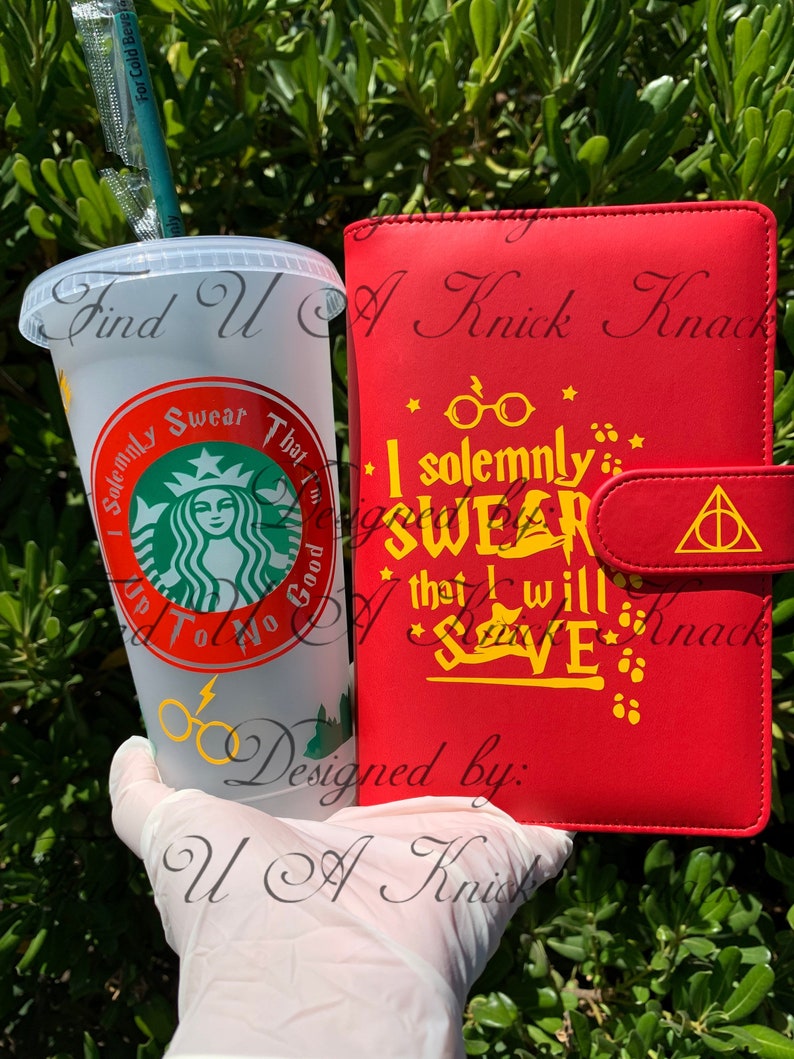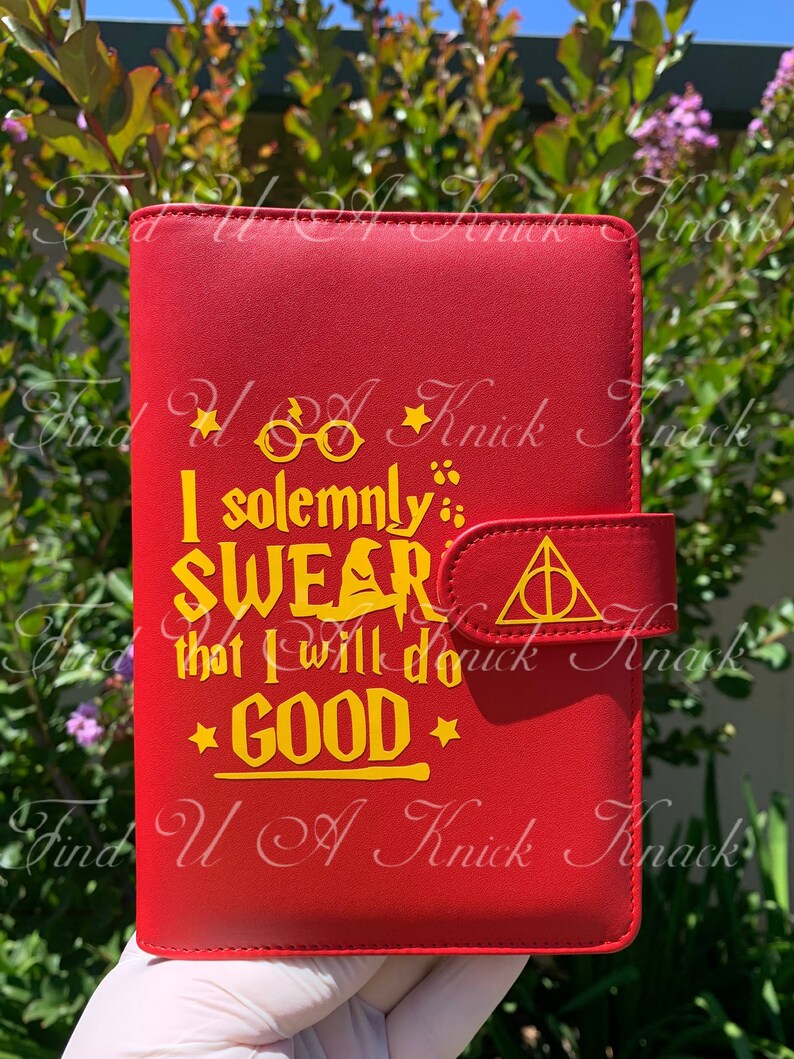

Ludo Bagman used Leprechaun gold to pay Fred and George Weasley after their bet resulting in them blackmailing Ludo with no luck. Hermione Granger fabricated fake Galleons for members of Dumbledore's Army as a means of conveying clandestine communication about the time of future meetings. 523 Harry Potter,499 international barriers,, 424 international careers. Rubeus Hagrid used Leprechaun gold fake Galleons at a 1995 Care of Magical Creatures class, while teaching students about Nifflers' ability to hunt for shiny objects like coins. service industry growth and, 312 Foreign currency converter, 343 Foreign. Occasionally in temporary circulation (they vanish a few hours after appearing), but goblin experts at Gringotts can differentiate them from real ones. Fictional non-decimal currenciesEdit Harry Potter - 1 Galleon 17 Sickles 493 Knuts Pern - Mark, no name for subdivisions, but occurs in denominations of +. Galleons made of Leprechaun gold were common at Quidditch games where Leprechauns are the mascots for the Irish team. Contents 1 History 1.1 Early history 1. Muggle-born childrens parents could convert their British pounds into galleons, knuts. They are roughly the size of hubcaps In the late 20th century, the Galleon was also equivalent to £4.97 GBP, or 10.17 USD.

One Galleon is equal to 17 Sickles or 493 Knuts.

In 2001, one Galleon was equivalent to five Muggle pounds ($7.34 ). Galleon or Gold-Galleon ( ) is the most valued coin of the wizarding currency. Recent historyīy the 20th century, the Galleon valued much less than it did in the thirteenth century. In the 1260s, the Galleon had much more value than today: one Galleon at the time was equivalent to more than six-thousand six-hundred seventy-seven Galleons today. A possible subunit of the Dragot was the Sprink. The dragot was manufactured as octagonal and round coins in 1, ½ and ¼ denominations. By the mid- thirteenth century, Galleons were already in circulation in wizarding Britain. The Dragot was the wizarding currency used in the United States.


 0 kommentar(er)
0 kommentar(er)
